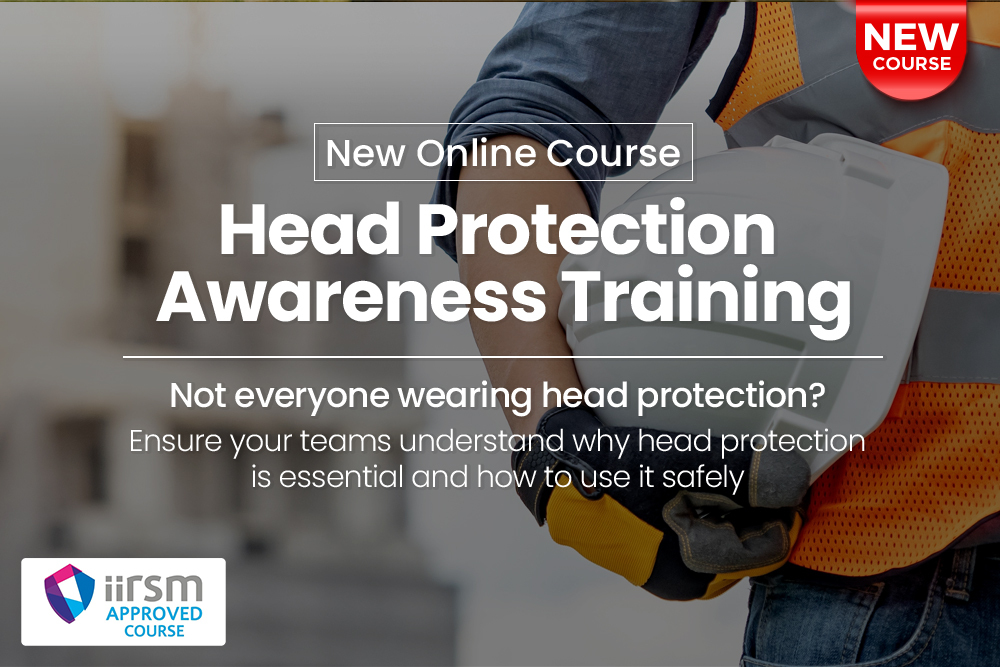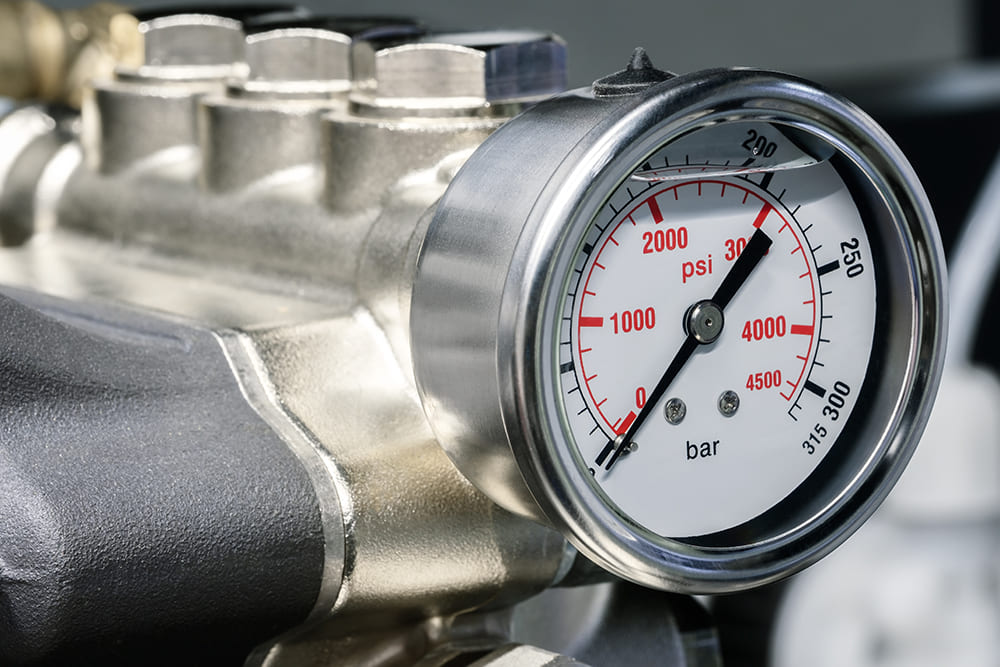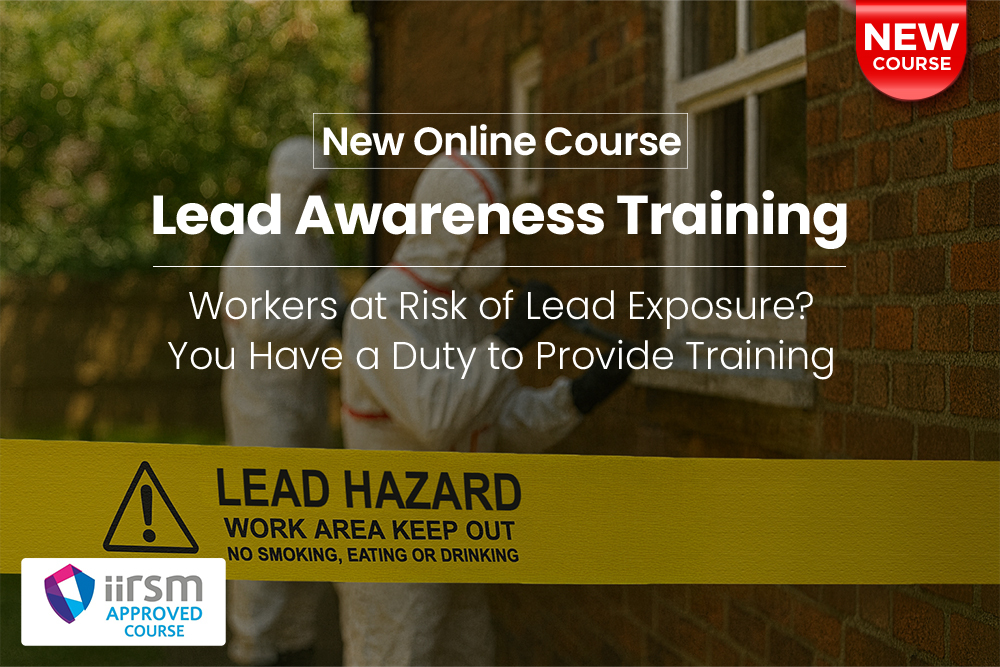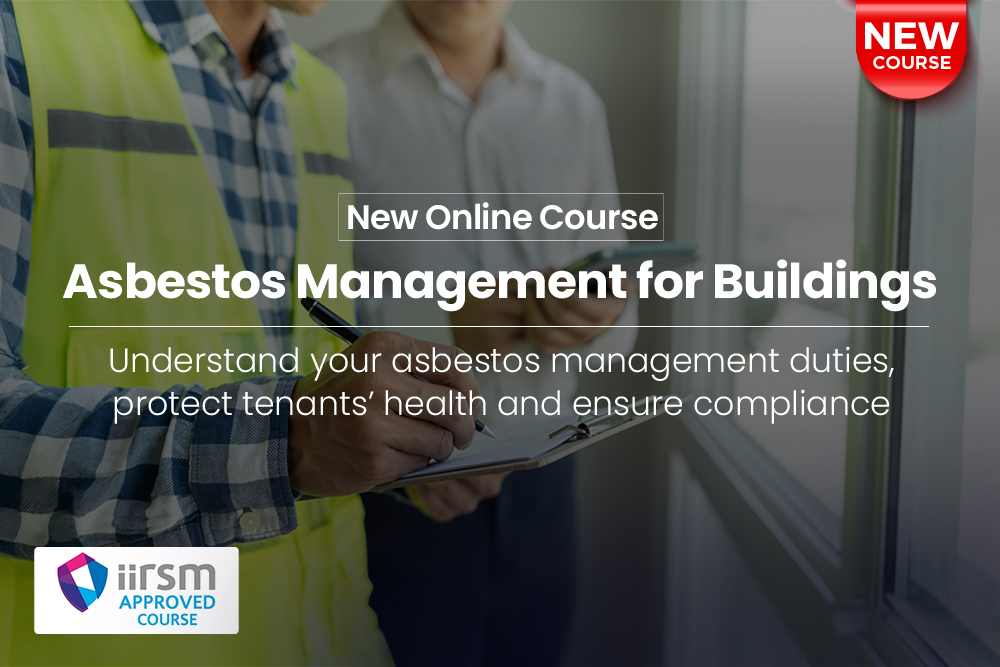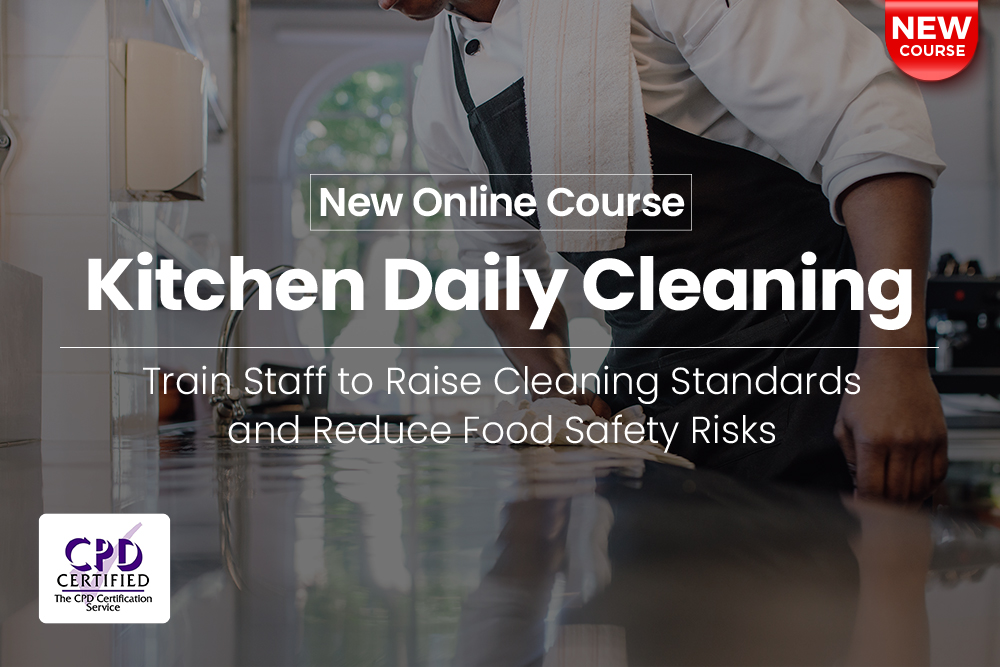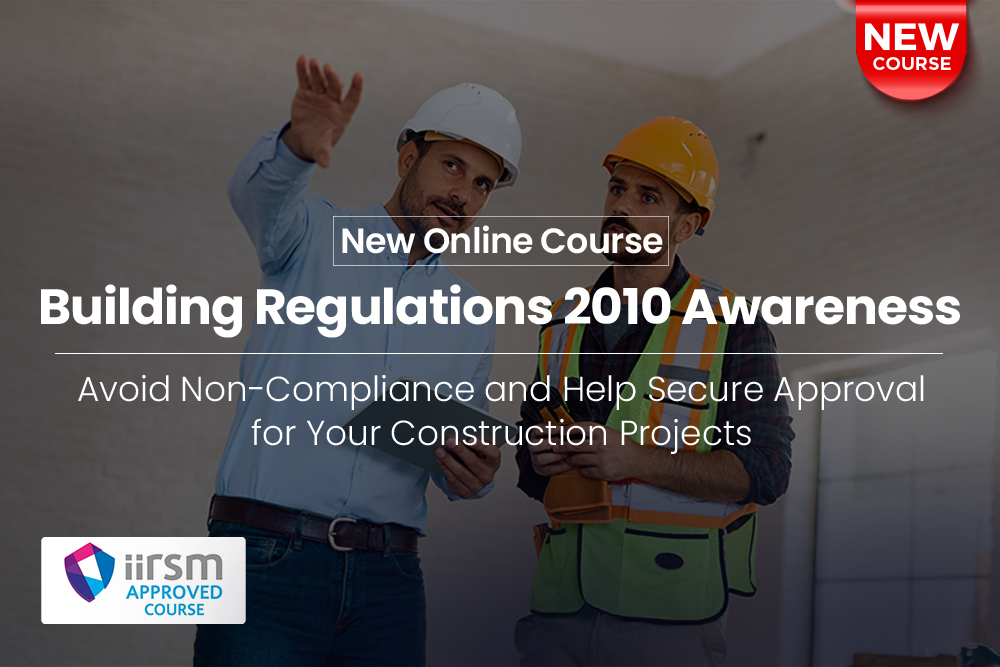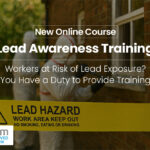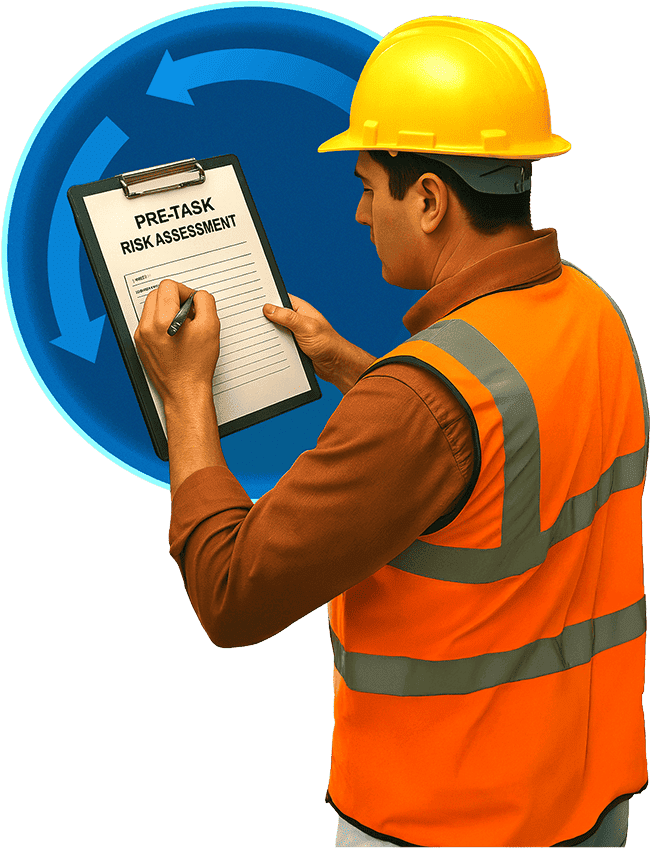
There are set performance indicators for most business areas. But how to measure regulatory compliance? How can you know your health and safety procedures are compliant and ultimately effective?
Many managers default to tracking accident rates. But an absence of accidents isn’t necessarily proof your workplace is compliant. And waiting for an incident to happen doesn’t make employees or your organisation safer.
In this blog, we’ll provide straightforward advice on understanding and measuring compliance, covering key regulations like the Health and Safety at Work Act and the Management of Health and Safety at Work Regulations 1999. Plus, we’ll share practical steps to help you stay compliant.
Understanding Regulatory Compliance
Regulatory compliance means following the laws, standards and regulations relevant to your work. In health and safety, this means complying with the Health and Safety at Work etc. Act 1974 and the regulations passed to support it.
The Health and Safety at Work Act (HSWA) underpins UK health and safety law. Under the HSWA, all employers (and employees) have general duties to prevent harm caused by their work activities.
The HSWA is a legal framework, however. You won’t find practical advice on making your workplace safer. Instead, you’ll have to refer to the regulations passed in support of the Act. These regulations set out in detail what you must do as an employer to prevent harm.
All workplaces must comply with the Management of Health and Safety at Work Regulations 1999. You’ll also need to follow other significant regulations, such as the Provision and Use of Work Equipment Regulations 1998 (PUWER) and the Reporting of Injuries, Diseases, and Dangerous Occurrences Regulations 2013 (RIDDOR).
Depending on your work, you might also need to comply with more specific regulations, such as the Work at Height Regulations 2005 or the Control of Substances Hazardous to Health Regulations 2002 (COSHH).
Why Measuring Regulatory Compliance is Important
Ensuring your business is compliant offers several clear benefits.
Legal Protections
Being compliant means you won’t risk enforcement action from the Health and Safety Executive (HSE). If your organisation is found to be non-compliant, the HSE can issue fines, force a shutdown or seek prosecution for serious (i.e. life-threatening) failings.
The Management of Health and Safety at Work Regulations 1999 also require regular monitoring of health and safety performance. This involves reviewing and assessing risks, implementing necessary controls and keeping detailed records. Regular monitoring helps identify areas for improvement and ensures ongoing compliance with legal requirements.
A Safer Workplace
Regulations are not red tape. They set out how to prevent accidents and injuries in your workplace. Compliance ensures your staff are safe and your organisation is protected from the delays and costs incurred by a workplace incident.
Employee Performance
Safe employees generally perform better. It’s difficult to deliver when you have concerns over your health and safety or spend most of your workday handling unexpected problems. If these issues persist, you’ll see low morale, stagnant productivity and high staff turnover.
But with the necessary systems in place, employees will be able to focus on their work.

Better Financials
As mentioned, compliance reduces costs by preventing incidents and the associated expenses. It also helps boost productivity and reduce staff turnover.
A reputation for safety also reflects well on your organisation. It proves a commitment to employees and the general public, as well as a high level of competence. This reputation could give you an edge over competitors and help you win business.
How to Measure Regulatory Compliance
There are two types of health and safety monitoring: proactive and reactive. Both methods can show you how your business is complying with the HSWA and other relevant regulations.
Reactive Monitoring
Reactive monitoring is tracking incidents and accidents after they happen. The primary form of this is measuring accident and injury rates. This method is common because it provides clear data on safety issues.
However, it has limitations. An absence of accidents doesn’t mean the workplace is safe, and problems are only addressed after they arise.
Other forms of reactive monitoring include:
- Near Miss Reports: Documenting incidents that almost caused harm to spot potential hazards.
- Injury Logs: Keeping detailed records of injuries to find patterns.
- Accident Investigations: Analysing past incidents to prevent future occurrences.
Proactive Monitoring
Proactive monitoring focuses on preventing incidents before they happen. This approach doesn’t provide quantifiable health and safety compliance KPIs compared with tracking accidents. But it can provide insights into potential risks before anyone is hurt.
Examples of proactive monitoring include:
- Regular Safety Inspections: Routinely inspecting your workplace to identify and fix hazards. This includes looking for trip hazards, ensuring equipment is in good condition and staff are following safety procedures.
- Employee Training: Training all employees in safety procedures and keeping their training up to date. Training should cover emergency procedures, how to use equipment safely and recognising workplace hazards.
- Safety Audits: Reviewing safety procedures and checking them against regulations. Audits involve checking documentation, observing practices and talking to staff.
Finding a Balance
Use both proactive and reactive methods to effectively monitor health and safety performance.
Reactive measures provide clear data on safety issues. Proactive measures help prevent incidents before they occur.
Combining these methods gives you a full view of workplace safety. This approach helps you find and fix hazards early, stay compliant with regulations and create a safer workplace. Involving employees and doing regular audits also boosts safety and cuts costs from accidents and injuries.
How to Measure Regulatory Compliance in Health & Safety – Key Takeaways
- Regulatory compliance involves following laws and regulations, such as the Health and Safety at Work Act and the Management of Health and Safety at Work Regulations 1999.
- Measuring compliance is crucial for legal protection, a safer workplace, improved employee performance and better financial outcomes.
- Combining proactive and reactive monitoring makes for a more effective compliance programme.
HR Compliance
Regardless of your business’s sector or size, compliance with employment laws is essential.
Human Focus’s HR Compliance Courses help staff understand and follow internal company policies and wider regulations. This awareness helps your organisation operate within legal boundaries and promotes a fair and ethical work environment.
The flexible online format also allows you to learn at your own pace, making it easier to integrate this training into your schedule.




























































































































